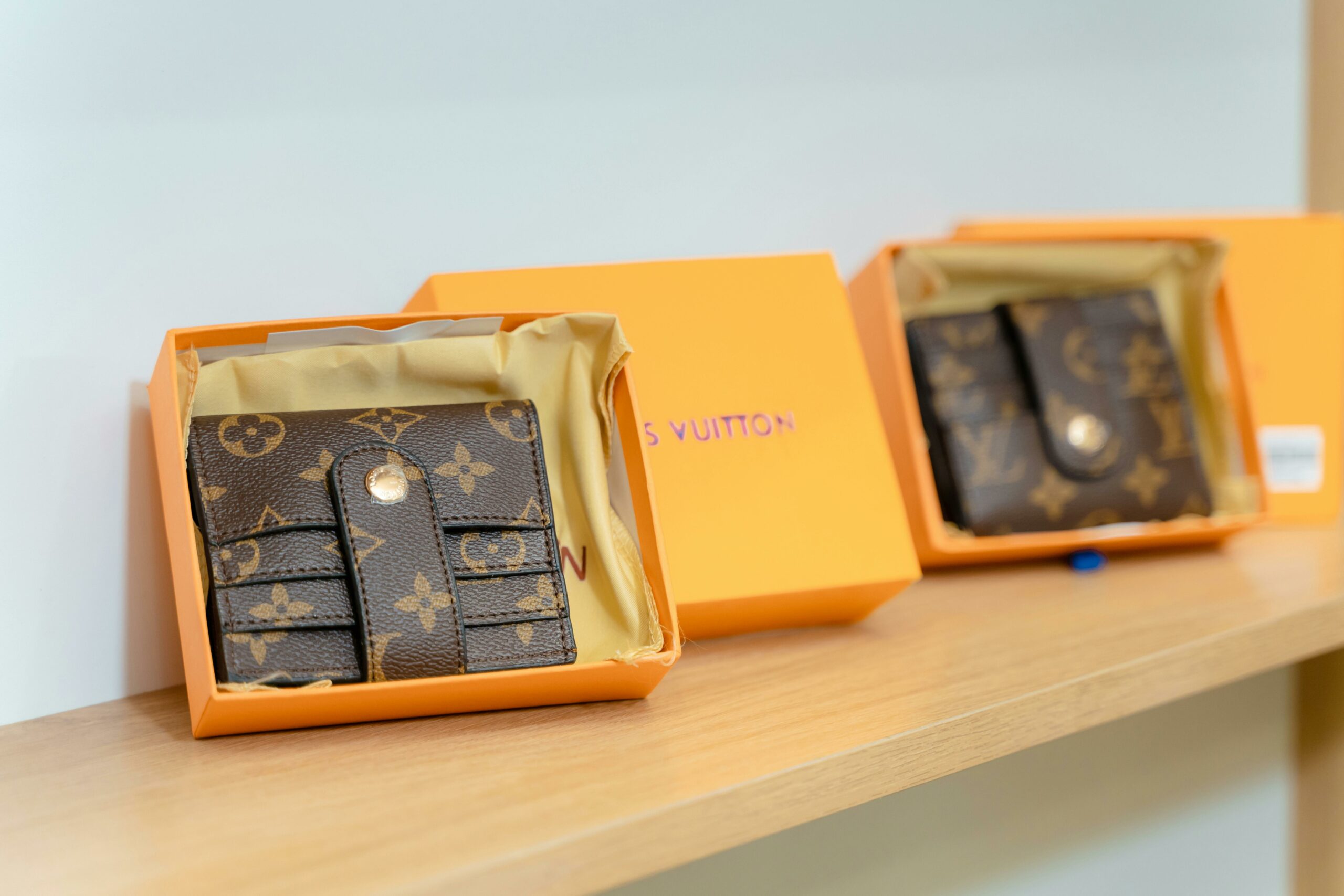Once upon a time kings and princes and other nobles in Europe relied on paintings to show them what their intended looked like before signing a marriage contract, spouse unseen.
Today, online shoppers rely on digital images to show them what an item looks like before committing to a purchase, merchandise unseen.
Over the years, the system has been perfected and it now works well most of the times. However, the recent bidorbuy survey revealed that buyers are not always happy with the images sellers post.
Some sellers show only one view, with the result that you can not really know what you are getting, so you do not buy, says one buyer. All pictures of products must be large and clear; I sometimes hesitate to buy if I can not see the product clearly, says another.
When one has in mind that images are the single most important selling pitch that can be made online, it is surprising to find sellers who still post on bidorbuy small or fuzzy (or small and fuzzy) digital representations of their items. If the image is inferior to the item, the seller is in trouble, for the item will not sell (or will not sell well).
The seller is also in trouble if the picture is better than the item.
Let us turn to history for some valuable lessons. Quite a few members of European nobility fell for the image of their intended only to be sorely disappointed later on. More often than not, the woman whose face they were to look at across the breakfast table for the rest of their lives was not nearly as pretty as her portrait suggested.
The non-happy-end story of Henry VIII and Anne of Cleves is the case in point. Having disposed of several wives (some of them by beheading), the unfortunate king found himself flung again into the match-making market. His eye settled on Anne of Cleves, largely thanks to Hans Holbein’s lovely portrait. Unlike some inferior painters who shamelessly flattered their models, retouching nature where necessary, Holbein actually painted Anne as she was. However, he chose to paint her from the unusual full frontal angle (portraiture usually favours the three-quarters view) in order to give less prominence to her… well, quite prominent nose.
The portrait pleased Henry VIII well enough. However, confronted with the real thing, he was so taken aback that he had the marriage annulled several months later. Being a sensible woman, Anne accepted the annulment and kept her head on her shoulders.
And if you as a seller want to keep your customers, do try to be painstakingly truthful when taking the snapshot. The photo has to be good and clear, but not retouched. All warts and blemishes must show. This is especially important for second-hand items. One buyer left this comment in the bidorbuy survey: Try to discourage the use of generic or stock photos and encourage the sellers to put a photo of the actual item.
Another point that the buyers raised regarding the images is the size of the item depicted. While Holbein managed to make Anne’s nose appear smaller without discrediting the truth, it has been noticed that some sellers will occasionally make their products appear bigger than they are. Jewellery and gemstones are the main culprits here. This is what one buyer suggests to bidorbuy sellers: When showing photos of, for example, rings, do upload images that depict them in relation to known items. Otherwise it can be a bit of a disappointment when the ring arrives and the band is as thin as a needle.
Since every story worth its salt has more than one angle, it is only fair to mention that the contemporaries of Anne of Cleves regarded her as a sweet and reasonably attractive young lady. All except Henry, that is. In the same vein, it is possible for a buyer to be disappointed with a purchase not due to any shortcomings in the item or its representation, but because his or her expectations were too high – or simply different. There is something for you to think about before getting angry at a seller if an item fails to live up to your expectations.








